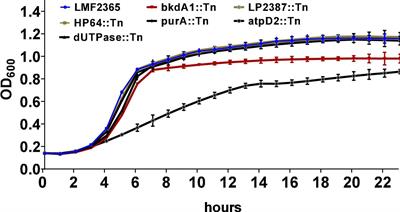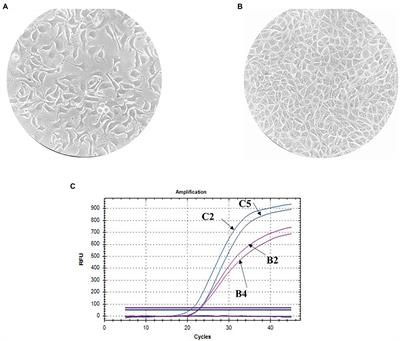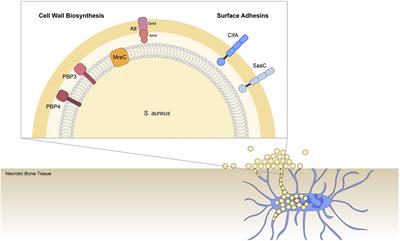ORIGINAL RESEARCH
Published on 13 Oct 2022
Identification of genetic elements required for Listeria monocytogenes growth under limited nutrient conditions and virulence by a screening of transposon insertion library
doi 10.3389/fmicb.2022.1007657
- 2,111 views
- 5 citations




